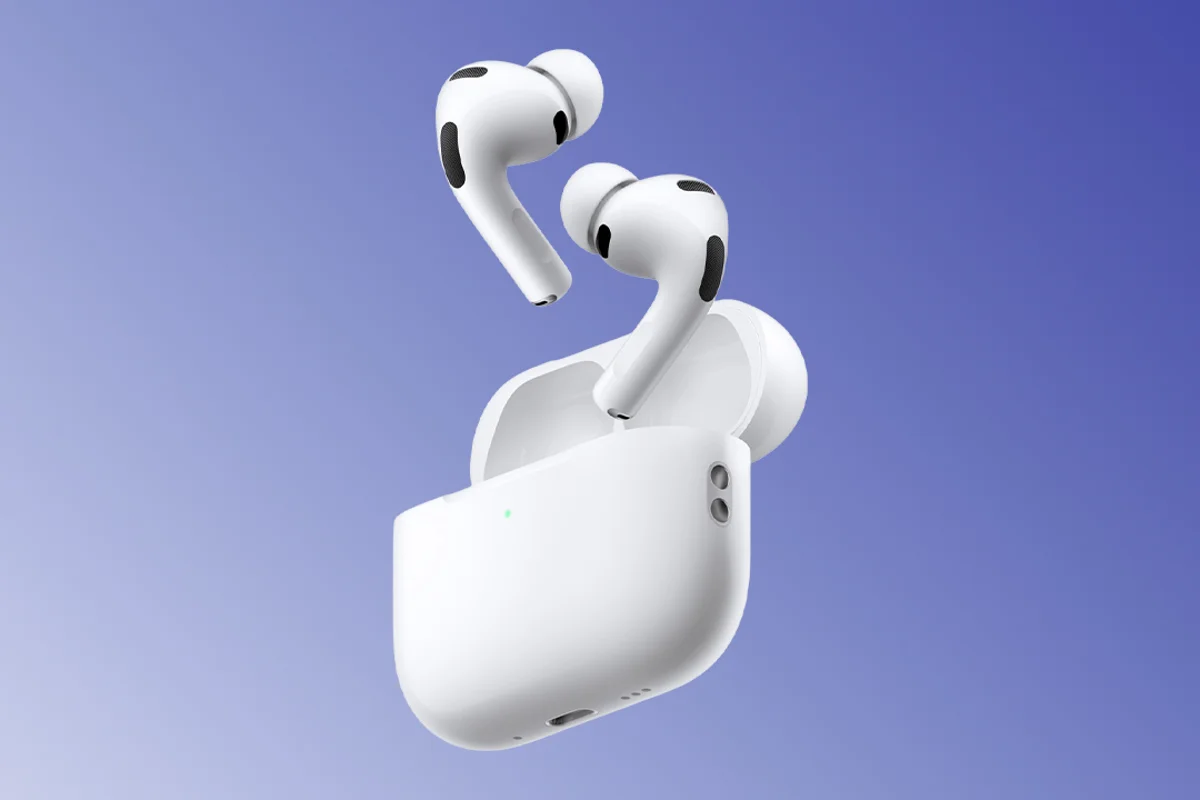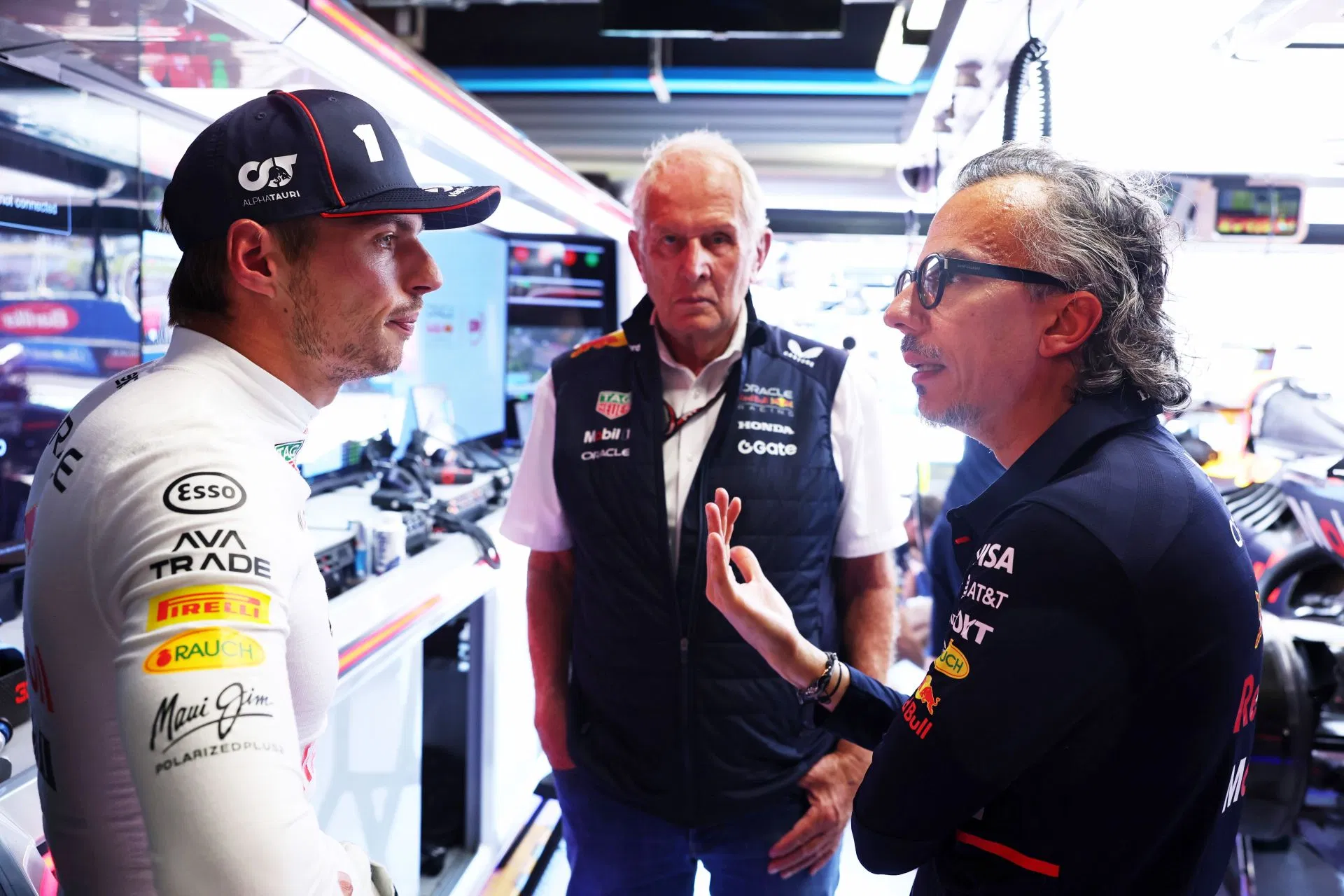By Elaine Blackburne
Copyright manchestereveningnews

Shoppers heading to all the major supermarket chains have been issued advice over the use of store car parks. A team of experts have told all those driving to shop they should always back into parking bays rather than driving forwards into the slot. Training experts at Nottingham University say research shows one in five traffic accidents happen in car parks. And although this covers all car parks, previous studies by Which? showed that vehicles are twice as likely to be damaged in a supermarket car park than those in other types of shopping centre. The university experts warn: “When it comes to parking bays, you should be reverse parking. By that, we mean you should be reversing into your bay, so you can drive out forwards when you leave.” “The main reason is the one you might expect: Safety. You might be wondering, “How is it any safer to reverse into a bay? Good question. Let’s take a look: The experts described the percentage of crashes in supermarket car parks as “significant” bearing in mind how little time is spent in these areas. They wanred the problem goes beyond vehicle damage. Figures from the United States show 15,000 people injured after being struck by reversing motorists with 250 deaths. Their guidance said: “We’re not saying, ‘reverse park and you’ll never have another car accident again!’. It’s about reducing risks and creating a culture of safety. “But there are other benefits to reverse parking. For example, did you know it’s more fuel-efficient? “According to research from the Institute of Advanced Motorists, reversing out of a parking space with a cold engine uses up to 25 times more fuel in the first few seconds than a warm engine. That adds up, in terms of money, engine wear-and-tear and your carbon footprint. Reverse parking is basically better for everyone.” The AA says getting to grips with the skill of reverse parking into a driving bay is one “worth mastering”. While offering a number of benefits, one in three learner drivers will also have to carry out the manoeuvre during their practical driving test. The motoring organisation has drawn up a beginner’s guide to bay parking. Here’s what it advises. The AA says: “To park accurately, you want your car to be fully within the bay lines. Try not to stick out, or clip the kerb – or anything else. “You should also have good all-round observation at all times during the manoeuvre. You should be looking for potential hazards, such as pedestrians or other vehicles. “There might be a dog without a lead or a small child so you need to stay alert. If there are any road users nearby or approaching you, you should always stop to let them pass. Only continue with the manoeuvre when it’s safe to do so.” The AA advises: “We recommend reverse bay parking when you can, it is easier to make your observations and to see other road users. In your driving test, you pick the bay that you will park in. Try to choose a space that will give you plenty of room for the manoeuvre. “We have outlined the steps for you to reverse park on the left side. If you reverse park on the right side just reverse the instructions.”



